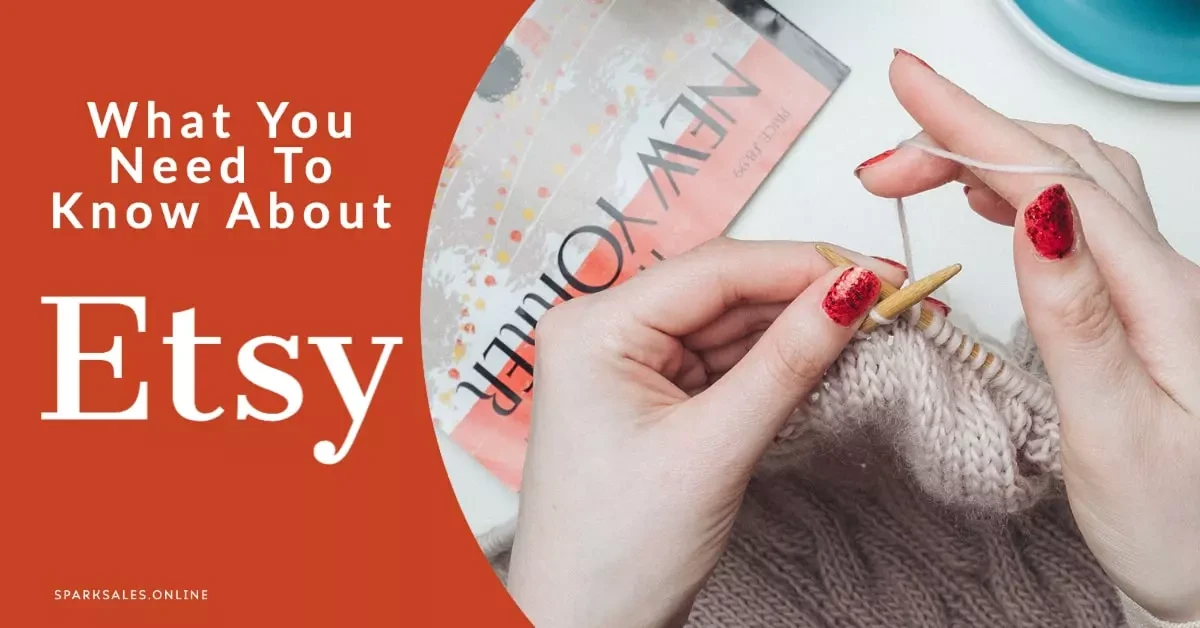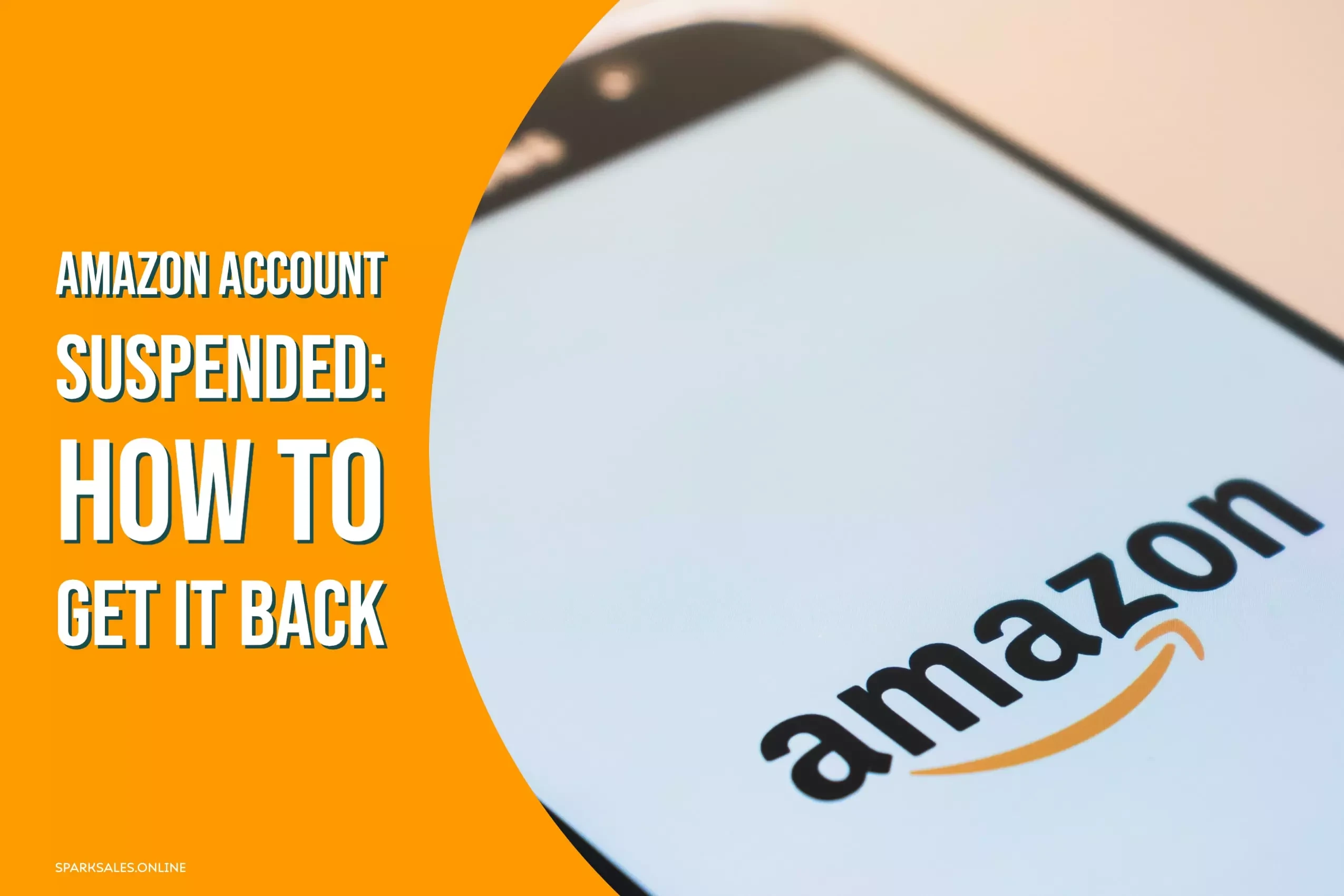Today we’re going to cover what market research is, the benefits and importance of it, the options you have to conduct that research and some free resources to get you started.
So What Exactly Is Market Research?
Market research is essentially examining the market in your area for demographic information, which will better help you understand your opportunities and limitations for gaining customers.
Market research combines buyer behaviour and industry movement to affirm that there is a market for your product within your area. This can include population data on age, wealth, family, interests or anything else relevant for your business.
What Types of Market Research Are There?
In general, there are two major categories:
- Primary Research – This means that you do the research yourself: you do the interviews, design the surveys, and distribute them.
MVP (minimum viable product) is also a type of market research; this enables you to get data from first-hand experiments.
Sometimes researchers also do in-field research if, for example, they’re trying to understand how a particular app works from the first-person consumer experience. In that case, they may get a group of people to trial it and correlate that information.
- Secondary Research – This is information that you get from other people who have previously completed it. It could be from things like articles, databases or research papers.
![]()
How To Conduct Market Research
Firstly it’s important to talk about the questions you’re trying to answer. When market research is conducted, you should be looking at making sure that there is a desire in the market and that people would be interested in purchasing your product or service.
For example, setting up a vegan ice cream shop in Alaska might not be the best idea because it’s frequently ranked as one of the coldest places to live on earth. Let’s say that instead of doing that, you decide you want to open a shop right on the beach in Malibu, California. There is always a demand for ice cream at the beach, so it’s a great location to set up shop, right? Not necessarily, because that also means that you’re most likely going to have lots of competition.
That’s where market saturation and pricing become essential to research. In this example, it would be best if you tried to figure out:
- How many vegan ice cream shops there are in the same area as you.
- What they charge per ice cream.
- Plus the rate that people are buying them at those prices.
There Are Multiple Options To Collect Market Research Data
There are companies that, for a fee, will collect market research for you, but this can be expensive, especially if you’re just getting started. Further down the article, we’ll reveal how to conduct beginner market research analysis for free.
So surveys are probably the most common form of market research. However, they’re usually used after a brand gets established and are typically sent out via email to existing customers. You can use them before your brand gets established, but responses may be limited if people aren’t familiar with your product enough to provide valuable insight.
The next step is going to be the internet; it’s a great tool to find impersonal data like employment rates and the average income of your area. Plus, as your business develops and moves into its next development stages, it’ll be a critical resource for things like marketing and promotion.
Lastly, observation is probably one of the best ways to get feedback on your product or service. For example, if somebody wanted to start a milkshake company, they would invite a group of people to test their products and provide in-person feedback on what they liked and didn’t like about them. Observation allows people to get the most comprehensive results of what the general public thinks of their products. You can ask open-ended questions that may let the customers give detailed positive or negative feedback that you wouldn’t usually get to hear.
It’s true that surveys also allow customers to give feedback, but their responses may be limited depending on how you tailor the study’s style.
![]()
How To Do Market Research for Free?
By the end of this article, you will know how to conduct market research for free using readily available websites and tools on the internet. You may have already seen for yourself that market research tips for start-up businesses (that perhaps don’t have a huge budget available) are something that isn’t that easy to find online.
Small business owners can often make the mistake of trying to sell their products whilst not really knowing who their typical buyer is. Until this point, you might not have realised how important it is to understand who they even are. The biggest mistake that sellers make is selling their products based on their features. So if you’re selling a coffee machine, you might think that by saying, “Our coffee machine has an inbuilt water filtration system”, that would be enough of a feature to make someone want to buy it, right? However, what you need to think about is what is in it for your perfect buyer? What can this do for them?
So this is really about the advantages and the benefits your customer gains by buying your product. Let’s say that this coffee machine’s main advantage is that it can make a cup of coffee in 30 seconds. Therefore, this machine will save your buyer time. So if you know their typical day, you can say:
“This coffee machine saves time, so if you’re tired of rushing out of the door in the morning and missing out on your morning coffee, this will help”.
If that is your typical buyer, you’ve got to talk directly to them. However, perhaps you know that your perfect buyer is actually a stay at home parent; that kind of language isn’t going to speak as directly to that person. So instead, you could say:
“We know you’re busy, so take 5 minutes to yourself with our delicious coffee. You deserve it.”
If you know who you’re talking to, you’ll know precisely how to sell to them.
So that’s why capitalising on your product’s advantages is essential, but you probably already knew that because that’s crucial for upselling. However, how do you know that these advantages are advantages for your ideal customer?
- What does your ideal buyer look like?
- What is a day in their life like?
- Do you know what they’re scared of?
- What they’re looking forward to?
You need to know your perfect buyer. Without this, you don’t even know if the listed advantages are what they’re after in a product.
Mind Mapping Tools
Before we get stuck into this, we’re going to talk about mind mapping tools; they’re valuable because, as far as implementation goes, they’re perfect for planning out your typical buyer and a day in their life. There are many free mind mapping apps out there for your phone, so you don’t have to spend anything. If you’re looking for free mind mapping tools to use on your PC or laptop, XMind is pretty good. There is also Lucidchart, which is fantastic but it isn’t free.
It’s Time To Research Your Competition
Now, this might sound like it’s going to be an arduous task; however, it isn’t. We’re looking for high traffic competitors that might be doing well because the more traffic they are getting, the more these tools will reveal.
- Let’s get started; the first site is called Quantcast, which is useful for finding high traffic websites.
- Secondly, there’s com; if you enter a URL of a website here, it’ll tell you all of the other websites similar to that website.
You can now use these to compile a list of your competitors’ sites easily.
![]()
What Is Profiling?
Next, we are going to discuss the basics of profiling your perfect buyer. Profiling is fantastic for figuring out who your typical buyer is. To start this, you need to have the list of websites you wrote down earlier when you researched your competition and then visit alexa.com.
Once on alexa.com, you’ll see that they have a free version and a version you can pay for. You won’t need the paid tool for our use purposes, so go ahead and pop the websites from your list into Alexa and click ‘find’.
If you scroll down to the very bottom of your results, you’re going to see audience demographics; this is the data we want. This will tell you percentage-wise whether this audience leans more heavily female or male. You can also see browsing location and education level. So even this limited data is already starting to paint a picture of your buyer.
How To Use Forums To Find Your Ideal Buyer
Okay, so as you probably already know, forums typically are where most hyper-responsive people go. These are people who are excited about their interests. So if you can find a forum about your niche, enter that into Alexa, too; that will tell you who the most active people in your audience are.
How To Use Facebook Data for Market Research
We can now work on the next step as we look further into the demographic itself. You can find out so much data just by utilising this free tool. This is going to be about collecting more information.
First, to do this, we will utilise the Facebook Ad Audience Insights free software application. Log into your Facebook account, and click on Facebook for business. Next, select your audience as ‘Everyone on Facebook’.
Facebook Audience Insights are significant because they allow you to compile so much data. This shows you what people on Facebook enter into their profile: their likes and dislikes, age and gender, and everything you could possibly need to know about your buyer.
Facebook is one of the few places that allow you to connect with this kind of information. Obviously, they do this because they want you to utilise this data for their Facebook Advertising services.
It’s best to start by inputting the country of your audience. You then leave everything as it is because you’re going to look at the demographics you discovered earlier with Alexa. We’re mostly looking for consistent patterns.
Next, go ahead and input the interest; where it says interest, put the keyword for your niche.
You’ll see the gender breakdown in detail, and it certainly gives you a more thorough analysis of the age range. You can see:
- Demographics
- Data based on purchase behaviour
- Brand affinity and other activities
- Lifestyles
- Relationship status
- Job titles
- Page likes
- Location
- Frequency of activity (how hyper-responsive is this audience?)
- What kind of device they are using
- Household income
- How many of them own homes
- Household size
- Home market value
- Spending methods
- Purchase methods
As you can see, it breaks things down after Alexa gave you a broad overview. Of course, with Alexa’s paid version, you’d get a more detailed view, but today we’re only utilising free tools.
These insights give us a much more specific view, so we can better understand who this person is. Now that you’ve done this, you’ve definitely got a better idea of your audience. So be sure to make a note of all of the data you’ve found so far, and we’ll move on.
![]()
What Is a Media Kit?
Now, the next step is to see if you can find a magazine for your niche. Magazines usually have media kits, and they’ll ordinarily tell you the audience’s demographic. Because of the enormous amounts of money these magazines have already paid out to market research firms for this information, there’s a high likelihood that you could get some insight from these that you might not get from the other methods. That’s why we’re looking into this alongside everything else.
Finding a media kit is simple; all you have to do is visit a search engine and search for your niche, followed by ‘magazine’ and then ‘media kit’. Be sure to check out the magazine’s website, too, to make sure that it fits with what you’re selling.
A media kit tells you how much it costs to advertise with that magazine. It’ll also give you a complete breakdown of the demographics of their readership. Sometimes, if you go to a magazine’s main website and scroll down, you’ll see a button that says ‘advertise with us’ or something like that; you’ll typically be able to get their media kit from there.
The question is, how does the media kit data compare with the insights we’ve already found? Media kits can essentially be shortcuts, but you should use these in addition to Alexa and Facebook Ad Audience Insights for the best results.
![]()
A Day in the Life of Your Perfect Buyer
Now we’re going to cover how to map out your perfect buyer’s typical day:
- What frustrations are they dealing with?
- What gets them excited?
- What makes them angry/sad?
- And everything in between.
This is one of the quickest and easiest ways to put yourself in your perfect buyers’ shoes. This is harder than it sounds, so we’re going to do this by using Google; let’s use the example of landscape photography as our niche.
Somebody that does photography is a photographer, so the type of person described in this particular niche is a photographer. Therefore, you’d type landscape photographer into the search box, and then you’d add ‘typical day’. Now there’s no guarantee that you’ll get the results you’re after here, but this will allow you to get into the shoes of someone who is a hyper-responsive buyer in your niche.
Another thing to research are online forums and blogs to take a look at a photographer’s usual everyday activities and what people interested in your niche are discussing. Doing this will facilitate you in finding out what they’re looking for. Whatever niche you are attempting to research, there are many different places online where they talk about their day and hobbies.
Of course, it’s important to remember that there are many variations among people, so your perfect buyer’s typical day is certainly not a one-size-fits-all approach. However, with this method, you will get a better sense of what they are dealing with in their day to day lives.
Just spend around 15-30 minutes planning this out. For example, we can say a day in the life of a typical landscape photographer looks like this:
- 7-8 a.m. They wake up; they make breakfast.
- 8–9.30 a.m. Start preparing camera equipment and planning to get outside.
- 10 a.m. They are outside with their camera.
- 12–1 p.m. Lunchtime
- 1-3 p.m. Post-processing time
- 3-5 p.m. Updating online portfolios
- 5-7 p.m. Dinnertime
And so on, try to plot their day until it ends. Obviously, this is a generalised overview, and yours should be a little more detailed. At each time slot, try to be specific and think of what their frustrations are at that moment. What could you sell them to make their lives easier?
So what’s the purpose of this? A timeline helps you greatly because it tells you precisely what they’d be willing to spend money on and what they won’t. It will also tell you what they enjoy and how you can market to them based on that.
What Is Media Mapping?
Next, we will further put ourselves in the buyer’s shoes by utilising media sites such as TikTok and Instagram. Media mapping is going to give us a better idea of the perspective of our buyer and what they’re into:
- What do they like?
- What do they dislike?
- What do they watch?
- What do they want to learn?
- And everything surrounding that particular niche.
There are many different media types, so to start with, you could look at:
- Social networking sites
- Image sharing sites
- Blogs
- Podcasts
- Apps
- TV & Radio
As you’re doing this, you can note down everything you can think of that would allow you to map out what is going on in your perfect buyer’s mind. The better you understand, the more you’re going to know when you start to sell your products and services. You’ll already be miles ahead of your competition because most of your competitors will not be thinking about doing any of these things.
Buying Habits
Buying habits reveal your audience’s willingness to buy and what they might be eager to spend even more money on. This way, you have a clearer idea of what products and services you could offer to them.
To do this, we’re going to look at two websites:
- Facebook Ads Audience Insights Tool – Once again, we’ll use Facebook, but this time it’s to show us how much our standard buyer will spend. Many tools do not provide this information, so it’s certainly beneficial.
- Amazon – We’ll use Amazon to investigate our typical buyer’s shopping habits.
By looking at the media kits from earlier, we can go back to Facebook Ad Insights and narrow down the age bracket to be more specific about your buyer’s lifestyle. If you target an active audience primarily, these people will be much more likely to purchase.
Your Buyer’s Lifestyle
We can now dig into their lifestyle; we can look into their realistic education levels, relationships, job titles etc. If you click on ‘Household’, this will tell you how much your perfect buyer is likely to spend. It tells us:
- Their home market value.
- Their spending methods.
- If you click on purchase retail spending, you can see whether they’re mostly spending money online or in physical retail stores too.
Now that we know what our buyer’s typical purchases look like, we can start using Amazon:
- Let’s stick with our niche from earlier and type in ‘landscape photography’.
- Next, we’d sort by average customer review.
- The more customer reviews, the better because it means that it is most likely a popular product.
- Be sure to pay attention to whether it seems like buyers in your niche tend to spend a lot of money on low-ticket or high-ticket items.
- Within our example, it’s clear that low-ticket items like photography books are super popular for the landscape photography niche.
It’s also helpful that on Amazon, you can breakdown categories into subcategories. It would be best to look for consistent patterns within the reviews left for your niche’s relevant products. Patterns will tell you whether something is worth looking into further or not.
No two businesses or sellers are the same, even if they sell the same thing. Hence, there is a variety of resources out there for your personal use. It can be a daunting process to think about starting a small business but hopefully, the tools and information covered here make it seem less intimidating to gather market research.








